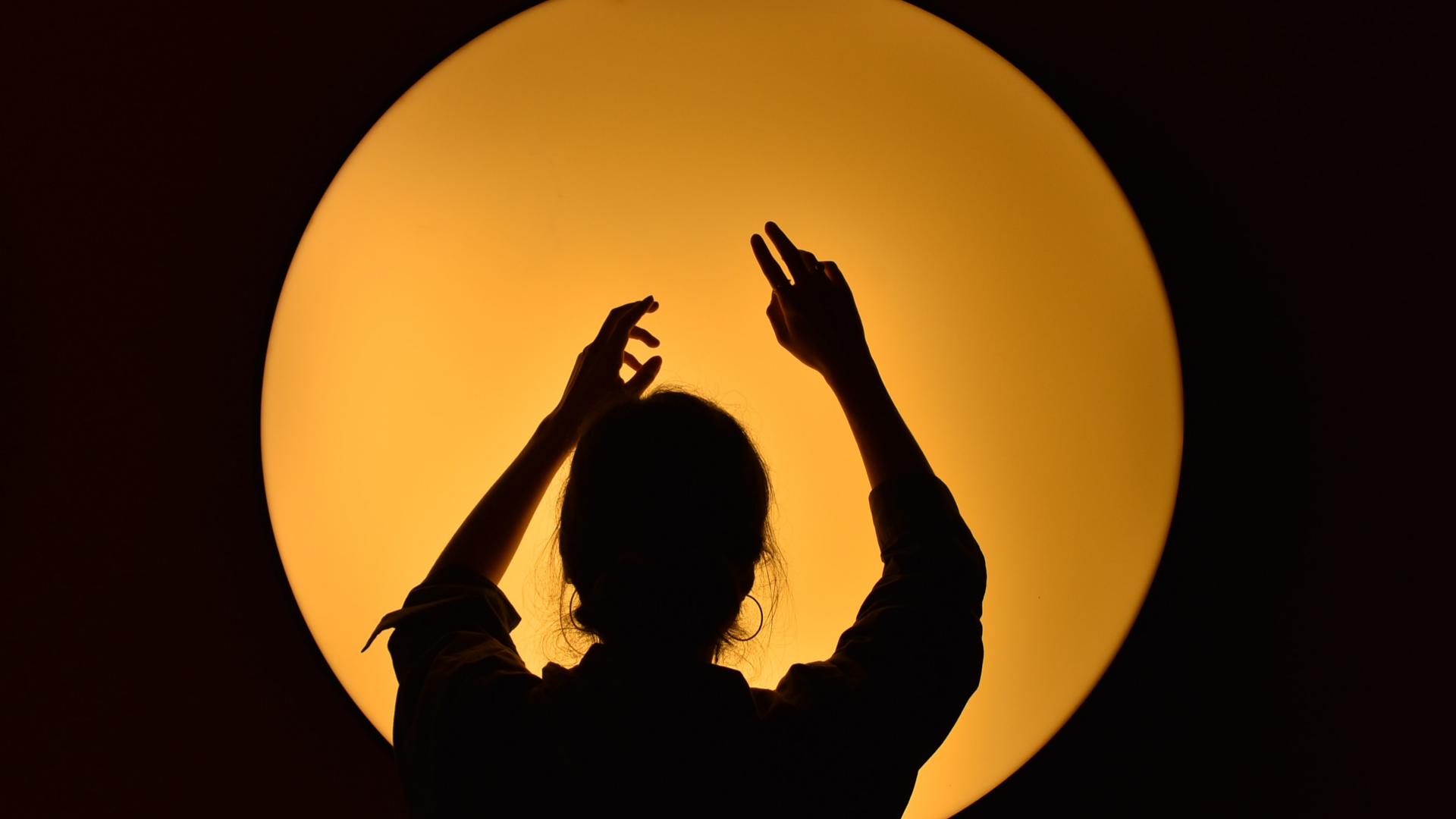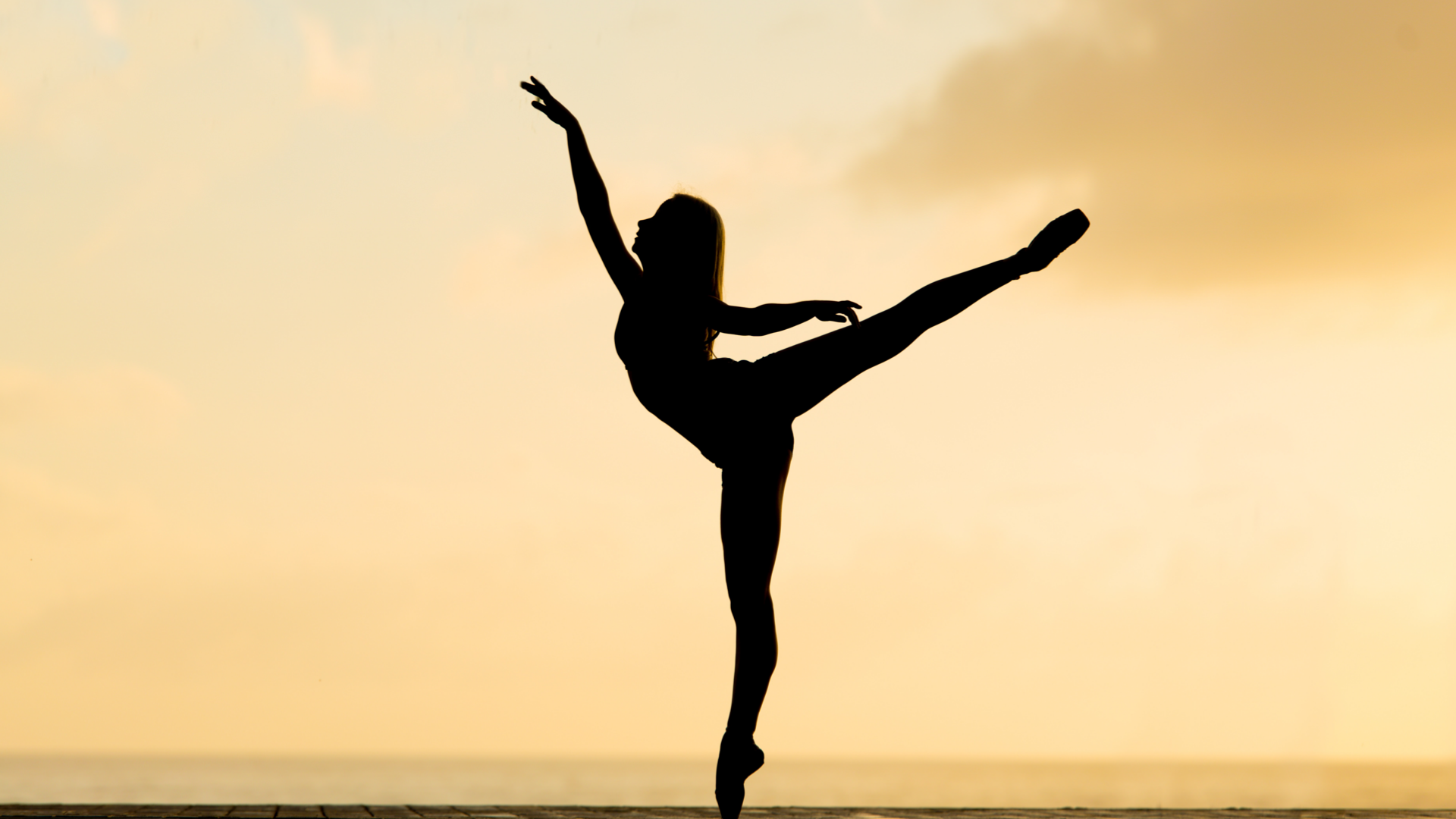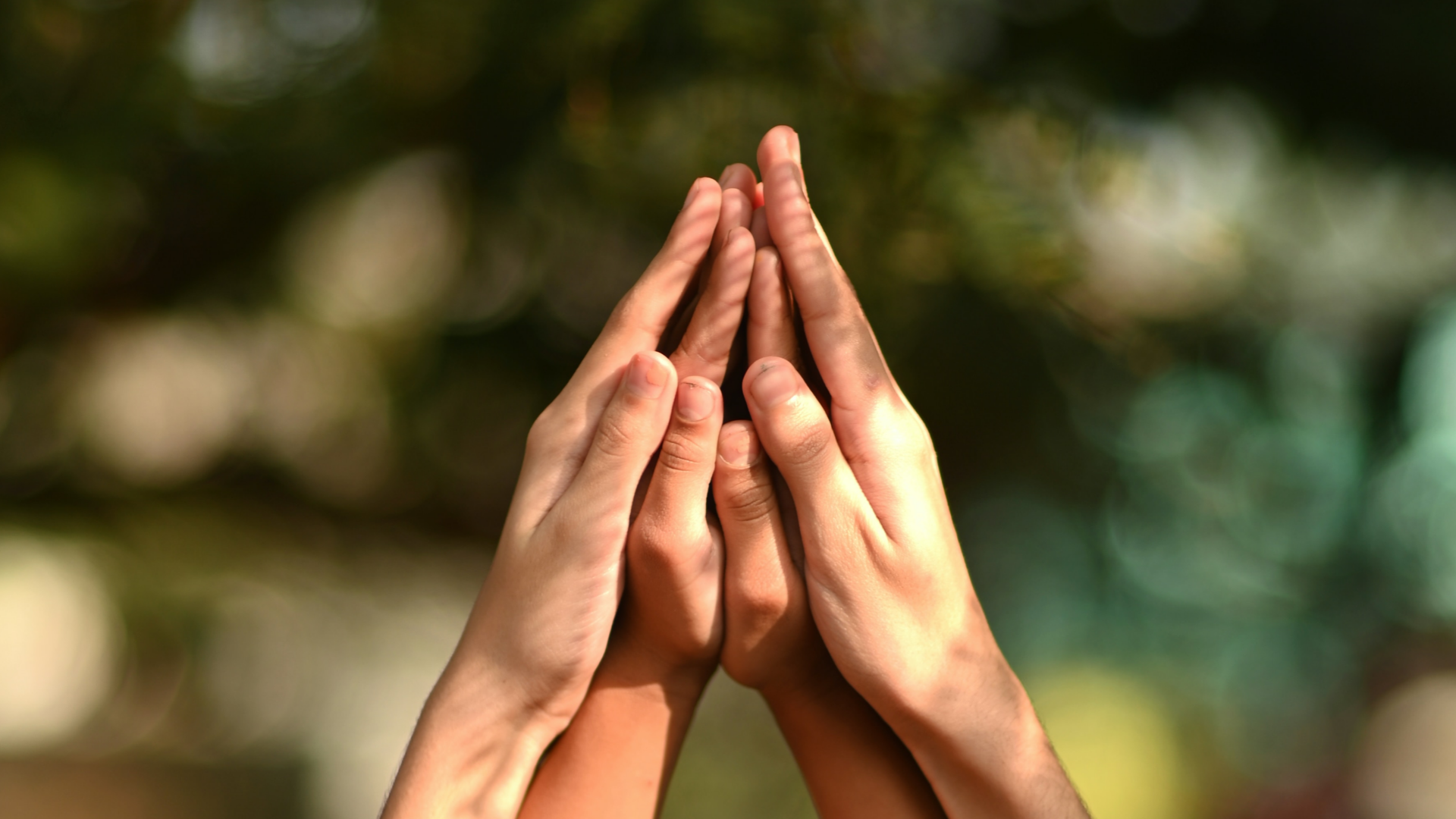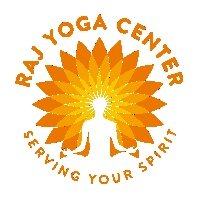
Kundalini Yoga Teacher Training Level I
2024
The KRI Level One Aquarian Teacher Training Program is a 220-hour professional certification program in Kundalini Yoga. An interactive course in the theory, practice, and basic skills of a Kundalini Yoga instructor, it includes 180 hours of classroom instruction and 40 hours of independent study which includes a mix of personal yoga and meditation practices, reading assignments, taking classes from certified teachers, and a 1-Day Meditation course.
Graduates of Level One earn the title of KRI Certified Instructor of Kundalini Yoga and fulfill the Yoga Alliance RYT (Registered Yoga Teacher) 200-hour requirement.
Foundations introduce the student to the principles and practices of the self-sensory human and explore how Kundalini Yoga and yogic lifestyle can harmonize and uplift the human experience and awaken your true potential.
There are four principle components in a Level One program:

Kriya and Meditation: The foundation of Kundalini Yoga
The theory and practice of Kundalini Yoga Kriyas is the foundation for change. (Kriya means “complete action”) Kriyas may include yoga postures (asana), movement, breath, mudra (hand postures), drishti (eye focus), and mantra (elevated language). Discover the nature of your own mind. Learn how to train your mind to be your best friend and ally through meditation, mindfulness, and breath (Pranayama). In this training you will begin to explore the vast realm of ancient teachings that cover all of human experience. Find the practices that resonate with you and let them shift you so you might become the best version of yourself.

Humanology and Philosophy: The Lifestyle of a Kundalini Yoga Teacher
We review the history and traditions of Kundalini Yoga, as well as the underlying philosophy behind all yogic practices and immerse ourselves in the technologies of Kundalini Yoga as they apply to healing and humanology (the science of daily living), including diet, nutrition, and relationships.

Anatomy & Physiology: Essentials of Yogic and Functional Anatomy
Traditional Western anatomy, its purpose and function, including the respiratory, nervous, immune, musculoskeletal, circulatory, endocrine, and digestive systems and their relation to the practice and teaching of yoga. Also Yogic anatomy and the energy systems of the body including the chakras, nadis, pranas and vayus, and the ten bodies theory.

Consciousness of a Teacher: Virtues and Values of Living in the Golden Chain
The skills and techniques to become an effective instructor, including practical strategies for teaching beginners, ethical guidelines, curriculum development, and the transformational role of the teacher in developing a successful yoga practice.

Check back for 2026 dates in the Fall of 2025
Hours each day: 9 am to 6:30 pm.

Meet our Teachers:
Raviinder Kaur Khalsa -
Lead Trainer
Raviinder is an inspired teacher who has been sharing the technology of
Kundalini Yoga and the 3HO lifestyle for 43 years. She studied Kundalini
Yoga at the feet of Yogi Bhajan since 1975; Solstice retreats, Ladies Camps,
White Tantric Yoga courses, lectures, and workshops.
She began teaching Kundalini Yoga in 1975 and became a KRI Certified teacher
in 1996.
Kundalini Yoga became Raviinder's lifestyle; moving through the levels of
the Aquarian Training Academy, currently nearing completion of ATA's Level
III program; a 1000-Day commitment to personal growth; enhancing spiritual
maturity, further developing the meditative mind, and selfless service in
the community.
Over the years, Raviinder has shared the teachings of Kundalini Yoga with
thousands of people from all walks of life. She brings to her teaching all
of the aspects she has lived and practiced for many years, including yogic
diet & lifestyle, yoga for health and healing, the yoga of relationships,
conscious parenting, and Radiant Woman workshops, integrating the vast
teachings of Kundalini Yoga.
Raviinder resides in the Northern Virginia/ DC Metro area and serves many
east coast communities for Level I Teacher Training.
Sat Kartar Singh Khalsa -
Lead Trainer
Sat Kartar Singh is a dynamic, patient, inspiring teacher who has been sharing the technology of Kundalini Yoga and Meditation since the mid 70’s. Born in the 50’s and influenced by the events of the 60’s and early 70’s, Sat Kartar began living a Yogic lifestyle and studying Kundalini Yoga in 1973. Back then we lived communally in an Ashram so we could support each other and learn by experience.
Sat Kartar began teaching Kundalini Yoga in 1974 and became a KRI*Certified teacher in 1997 (220 hours). He is a Lead Trainer in the Aquarian Trainer Academy for Level 1 Teacher Training and The 21 Stages of Meditation course. Sat Kartar’s continuing education in Kundalini Yoga includes a strong daily personal practice, all five Kundalini Yoga Level 2 modules (300 hours), and Kundalini Yoga Level 3 (700 hours). Additionally, Sat Kartar and his wife of 46 years are active members of the Northern Virginia Ashram community. He currently manages the community Yoga and Meditation studio known as Raj Yoga Center (DEC. 2020 until now).
Over the years, Sat Kartar has shared the teachings of Kundalini Yoga with thousands of people from all walks of life. Sat Kartar brings to his teaching all of the aspects he has lived and practiced for many years. This includes Yogic diet & lifestyle, yoga for men, yoga for women, the yoga of relationships and marriage, Naad Yoga- the yoga of mantra and sound as well as the vast teachings of Kundalini Kriyas & Meditations. He has taught in Ashrams, Health Clubs, Jails, Community Centers, Colleges, and Universities as well as Churches, Public Schools, and the Federal Government in Washington, DC. Personally, Sat Kartar Singh has shared over 20,000 hours of teaching Kundalini Yoga since 1975.
“At a certain point in life, what you have experienced with practicing and teaching Kundalini Yoga is just dyed into the very fiber of your being” Sat Kartar Singh
*KRI- Kundalini Research Institute. The non-profit that protects the integrity of the teachings.
Livdhyan Kaur -
Trainer
Livdhyan Kaur knows from experience that Kundalini Yoga is the fastest way to drop your garbage, get to know your soul, and live your highest destiny! Because it has made such amazing changes in her life, Livdhyan seeks to deliver this powerful experience to others. She is a supportive, inspiring teacher with an easy-going style and looks forward to helping you get in touch with the beauty of your own soul. Livdhyan is a Level Two (500 hrs) IKYTA certified teacher, an Associate Teacher Trainer, and Celtic and Usui Reiki Master. She offers Spiritual Path Coaching and is an Organization Development consultant in her professional sphere.
Sign me up!
Send us an email if you have any question.
rajyogasterling@gmail.com




